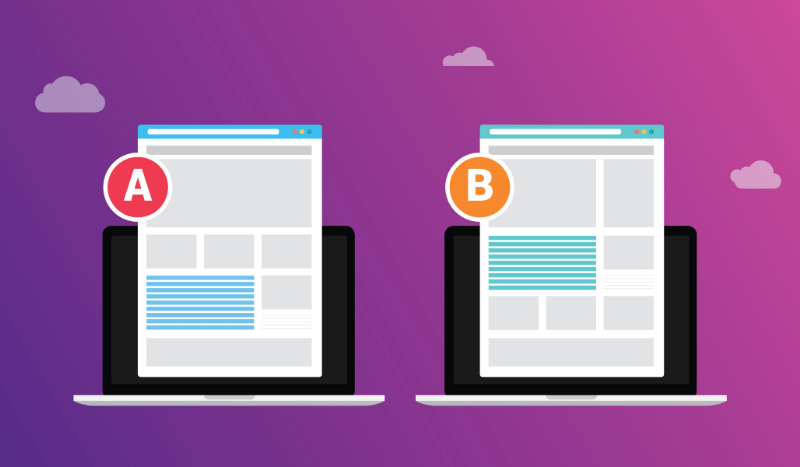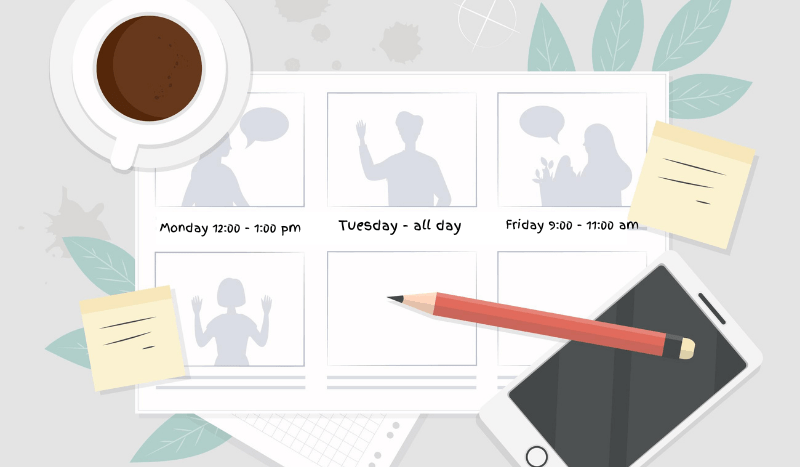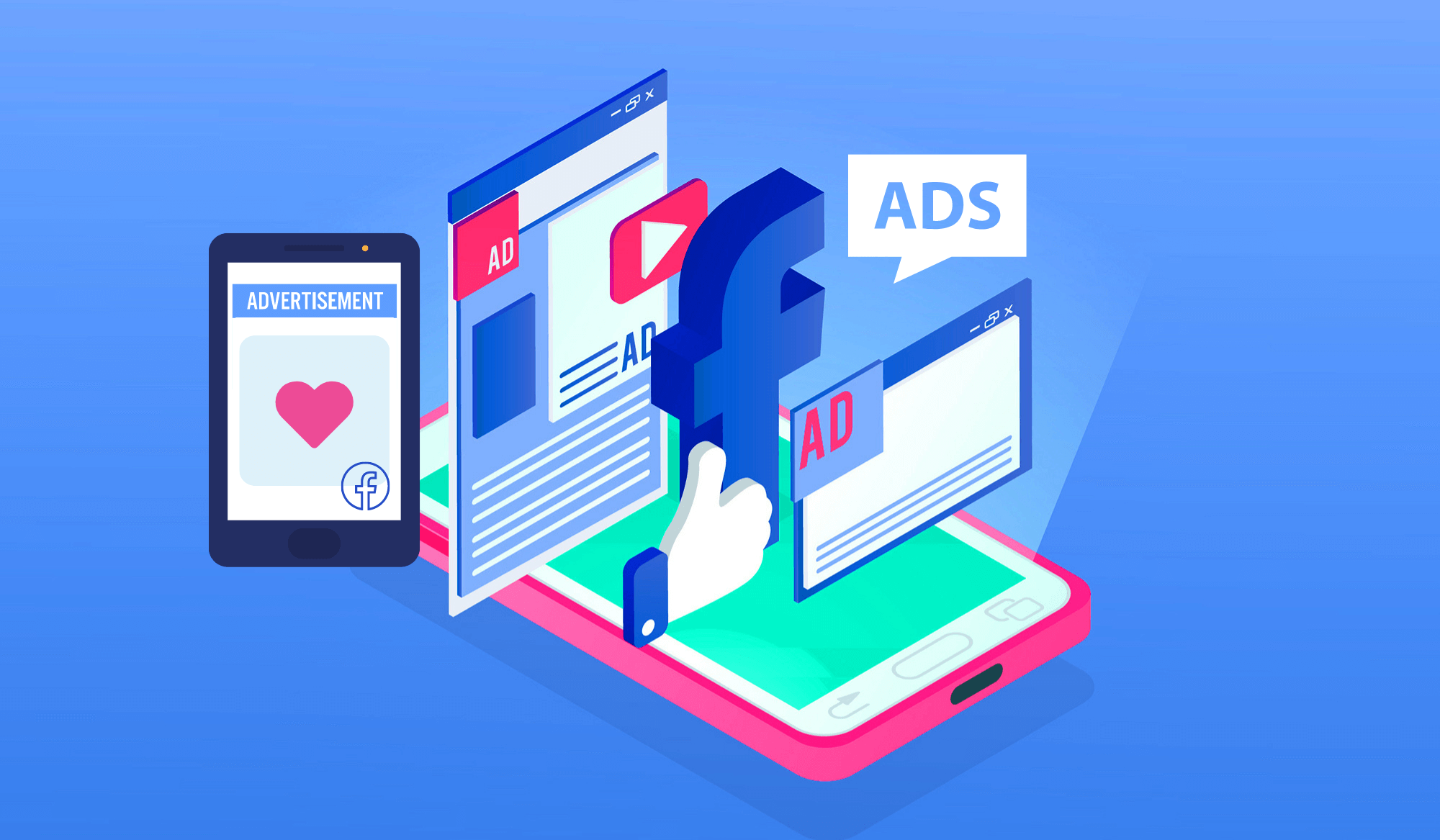Facebook is one of the biggest digital advertising platforms and for a very good reason.
The company earns billions of dollars every year trying to connect the right set of ads made by advertisers with the perfect group of people, mainly based on specific interests and common characteristics.
If you have ever worked with Facebook ads, you probably are familiar with the process of creating a Facebook campaign. Setting up an ad campaign is easy, but creating a successful one is a pure challenge. But how does one campaign become successful?
It sure has a lot to do with the return on investment (ROI) you receive from the said ad. ROI is used to evaluate the efficiency of one campaign compared to its cost. Ideally, you want to invest less money for bigger profits.
Achieving good ROI is every marketer’s dream but it is not an easy task. It requires a great understanding of your target audience as well as a lot of testing and minor tweaks.
The ad design and description of the ad, the bid process, and display selection, as well as the audience selection, are key components of every Facebook ad. But what makes everything work well together is optimizing your campaigns in order to seek better results.
Table of Contents
- A/B Split Test
- Add & Use Facebook Pixel
- Optimize Your Ad Placement
- Optimize Your Ad Schedule
- Optimize Your Bid Strategy
- Monitor Important Ad Metrics
How To Optimize Facebook Ads?

Before you can optimize your Facebook campaign, it is always good to come up with an effective strategy that aligns with your goals, so you can structure your ad campaign.
Facebook allows you to choose from several campaigns tailored to your business goals. Whether you are interested in increasing the number of your sales, page engagement, app downloads, brand awareness, or generating leads, you need to be familiar with the type of campaign you need to run in order to achieve great results.
After you choose the objective of your campaign, it is also important to consider the audience that is going to see the ad. In order for your Facebook ad to be successful, you will need to research the right profitable target audiences and understand their demographics – age groups, location, gender – and their interests.
The ad placement and bid strategy of your campaign should match your objective and target audience.
Once your Facebook campaign is up and running, it is time to optimize it based on the data it collected.
#1 A/B Split Testing
If you are dedicated to finding a way to optimize your Facebook ad campaign, the best place to start is through A/B Split Testing. This is an excellent way to discover what works best for your business.
A/B split testing is the process of showing two very similar ad sets, in order to discover which one performs better. This could mean showing the same variant of ad design to two different groups of people but it could also focus on showing two similar ad designs to the same audience.

Either way, A/B split testing is an awesome way to test different variations and compare which one brings the best results.
Facebook gives you the option to test different variables on two very similar ads – Creative, Audience Delivery Optimization, and Placement. But you can also do it manually.
A/B testing ideas include experimenting with different ad designs, ad descriptions, bid strategies, ad placement, value proposition (special offer), CTA (Call-to-action) buttons, campaign objectives, audiences’ interests, and demographics.
Typically, A/B split tests can range from a few days (3-4 days) to a few weeks (3-4 weeks), based on your advertising strategy. My personal recommendation is to test different ad sets between 5 and 14 days but in some situations, more time might be required. However, anything over a month is not considered testing.
Once you have discovered the top-performing ads through A/B split testing, you can use this information to optimize your future ad campaigns and even take it a step further and create more ads similar to your top-performing one.
A/B split testing is something that you can use at the beginning of your campaign but you can also go back to this process any time you want.
#2 Add & Use Facebook Pixel
![]()
The Facebook Pixel is a piece of code that you add to the HTML code of your website. It allows you to track conversations and events that can be used later on to create a lookalike audience for your services or products. This lookalike audience can help you find people with similar attributes – interests, and behaviors – to the ones who took action from your ad.
Using Facebook Pixel enables retailers, marketers, and advertisers to reach new markets that otherwise could be out of reach.
But that’s not all!
With the help of Facebook Pixel, you can optimize your Facebook campaign by excluding people who have already seen the ad and visited your website. You can create a Custom Audience of people who have visited specific pages of your website and exclude them from your current ad campaign.
If they have already taken the action you desire, i.e. purchased an item, downloaded your app, signed up for your newsletter, there is no point in spending additional money from your budget on displaying your ads to them.
If you want to learn more about Facebook Pixel, make sure to check out What Is Facebook Pixel and How to Use It For Your Business?.
#3 Optimize Your Ad Placement
In order to make your Facebook campaign more profitable, it is important to analyze how your ads are performing and adjust them if something is not working. For example, if your ad placement is taking a lot of your ad budget, you might want to optimize it and manually select the best place where your ads are showing.
Your ads can appear on Facebook feed, Instagram & Instagram stories, and Messenger. However, if your ads on Instagram or Messenger are not delivering sufficient results, you can simply remove said placement from your ad set and invest more into your top-performing ad placements.
#4 Optimize Your Ad Schedule

If you suspect that your audience is more active at a specific time of the day, you can use this information to optimize your ad schedule. This way, your campaign will run only when your audience is most active. You can analyze previous campaign data or look at your Page Insights to establish the most active time of your audience to drive better results.
#5 Optimize Your Bid Strategy
Facebook chooses how it shows ads based on performance and bids. Every advertiser will fall into a section, full of competitors, wanting to win the bid for their specific industry. So, you need to decide what type of result you would like to get from your Facebook ads by selecting the best bid strategy for your campaign.
If you don’t have a big advertising budget, you can use “Lowest Cost” or/and “Set a Bid Cap” to control how much you are bid for your current ad campaign. This bid strategy is the perfect way to generate great results for the lowest amount of money.
But if your goal is to find the most profitable way to convert more people and you are ready to experiment, you would want to try “Target Cost”. This will give you high-quality leads at a more expensive cost. Read more about bid strategies on Facebook.
#6 Monitor Important Ad Metrics
In order to create a successful Facebook campaign, you will need to know how to optimize your ads based on ad results. Monitoring your ad campaigns and keeping an eye on key data-driven metrics can help you track progress and drastically improve the way you spend your ad budget.

Here are some of the most important Facebook ad metrics you need to know about:
Cost Per Result (CPR). Cost Per Result represents the average cost of your ad campaign. This metric will show you how cost-efficient you are in accomplishing your objectives.
Cost Per Click (CPC). Cost Per Click reveals how much you spend on average click. Keeping this metric as low as possible will make your campaign more profitable.
Click-Through Rate (CTR). This metric will show you the ratio of clicks to impressions. If your CTR is low, this could mean that you are not delivering the ad to the right group of people.
Cost Per Action (CPA). The CPA metric allows you to pay only when someone performs a specific action because of your ads. This metric can be used to control how much your leads costs. CPA can be used to determine the success of app download or lead generation campaigns.
Return On Ad Spend (ROAS). ROAS tells you the total conversion value divided by your advertising costs.
Conversation Rates. This metric shows the percentage of individuals who click on your ad and make a purchase or become a customer. Ideally, you would want to convert as many people as possible in order to make more sales.
Negative Feedback. This metric will give you information about how many people are reacting to your ad in a negative way. You want to know if people dislike, hide or report your ad, so you can change whatever is triggering people to act in such a manner. Usually, Facebook advertisers aim for a very low percentage of negative feedback on your Facebook ads.
Relevance Score. Facebook’s Relevance Score is a number on a scale of 1-10 that gives you an idea of how relevant your ad will be to your target audience. It helps advertisers to find a profitable ad set. If you want to learn more about relevance score, make sure to read the article – What Is Facebook Relevance Score And Why Does It Matter?
Use all of these metrics to determine if your ad campaign is profitable. Take advantage of the data your Facebook campaign gives you to analyze what went wrong and how to fix it.
Related: Make sure to optimize your Facebook page as well.
Facebook ads present a lot of new opportunities for those who know how to create an efficient ad strategy, monitor and adjust their ads based on previous campaign results.
Half of the work is finding a great combination of ad design and proper ad description and the other half is analyzing your ads and adjusting them to increase profits by spending wisely your ad budget.
